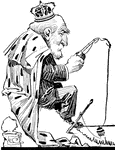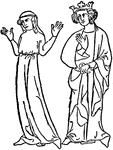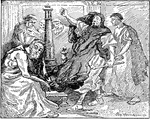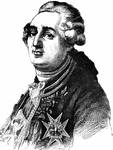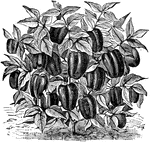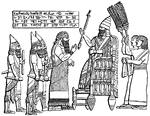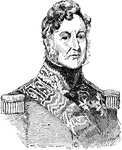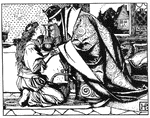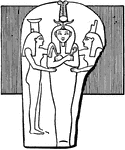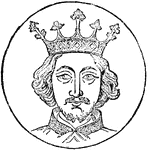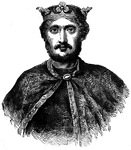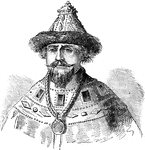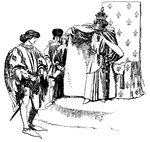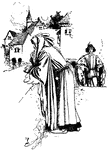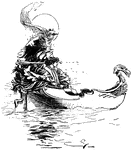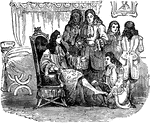
Louis XIV in his chambers
"The reign of Louis the Fourteenth has been termed the Augustan age of France. This monarch had none…
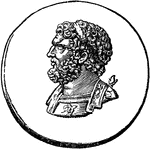
Philip of Macedon
Philip became king of Macedonia in 359 B.C. He was viewed as he best educated man of his time.
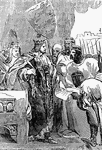
King John signing the Magna Carta
"A general joy spread through the kingdom on the publication of the Great Charter." — Goodrich,…

The Slaughter of the Innocents - Herod Has All of the Baby Boys Killed
"Then Herod, when he saw that he was mocked of the Wise-men, was exceeding wroth, and sent forth, and…

Medal of Parthia
A medal of Parthia, with a portrait of one of its kings. On the reverse are instruments of worship,…
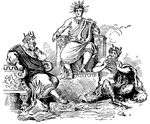
Midas
"Bacchus offered Midas his choice of a reward, whatever he might wish. He asked that whatever he might…

Moloch Being Worshipped
Moloch (or Mo'lech) is the name of an ancient deity which was worshipped by the Ammonites. The Israelites…
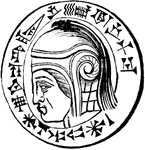
Nebuchadnezzar
"The most illustrious of Babylonian kings, was the son of Nabopolassar, the general of the Babylonian…

Odo of Bayeux
Odo of Bayeux (c. 1036 – February 1097, Palermo), Norman bishop and English earl, was the half-brother…

Parable of the Marriage Feast
"But when the king came in to behold the guests, he saw there a man who had not on a wedding-garment:…
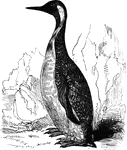
King Penguin
Also known as the pantagonian penguin, the king penguin is found in the far southern latitudes of South…
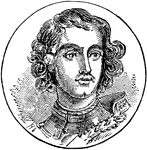
Peter I of Russia
Peter I the Great or Pyotr Alexeyevich Romanov (June 1672–8 February 1725) ruled Russia and later…

Philip II
Philip sought an alliance with the Kingdom of England, marrying the Catholic Queen Mary I of England…
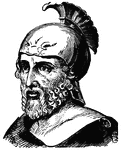
King Philip II of Macedon
(382-336 BC) King of Macedon 359-336 BC and father of Alexander the Great.

Demetrius Poliorcetes
A bust of Demetrius Poliocertes, a king of Macedon and a member of the Antigonid dynasty.
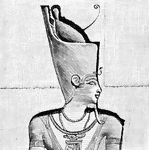
Pschent
A sovereign crown of Egypt, composed of the tall pointed miter, or white crown, of southern Egypt, combined…

Pyrrhus
The King of Epirus, being obliged, on the murder of his father, to seek safety by flight, found a home,…
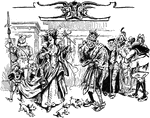
Queen and King Surrounded by People
An illustration of a queen and king surrounded by a group of people and dogs running around their feet.
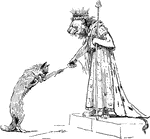
Reynard the Fox: Proffering to the King
Reynard the Fox, after telling his story about the treasure to the king, proffers a straw to Lion, surrendering…
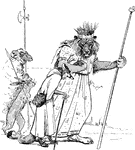
Reynard the Fox: Reynard's Pilgrimage
Lion the king, Kyward the hare, and Bellin the ram set Reynard the Fox off on his pilgrimage with the…
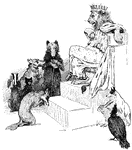
Reynard the Fox: Reynard's Story
Reynard the Fox at King Noble's court again, telling his side of the story to Lion and the other animals.

Reynard the Fox: The King's Pardon
King Lion and his queen pardon Reynard the Fox for all of animals' accusations against him. Reynard…
Richard I
Richard I (1157 – 1199) was King of England from 1189 until his death. He also ruled as Duke of Normandy…
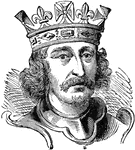
Richard I of England
Richard I (8 September 1157 – 6 April 1199) was King of England from 6 July 1189 until his death.…
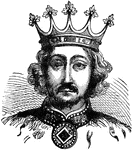
Richard II of England
Richard II (6 January 1367 – ca. 14 February 1400) was King of England from 1377 until he was…
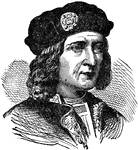
Richard III of England
Richard III (2 October 1452 - 22 August 1485) was King of England from 1483 until his death. He was…
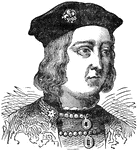
Richard IV of England
Edward of York was born on April 28, 1442, at Rouen, France (in the Chateau de Rouen), the second son…
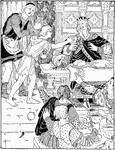
Roland
A legend of the knight Roland, who fearlessly claimed his rights by taking food and drink straight from…

Royal Palace, Madrid
The Royal Palace of Madrid is the official residence of the King of Spain, located in Madrid. King Juan…
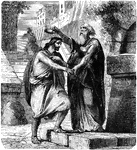
Saul Anointed by Samuel
"Under the popular impulse, and against the theocratic principle, Saul, the son of Kish, of the tribe…
